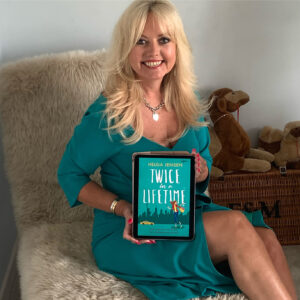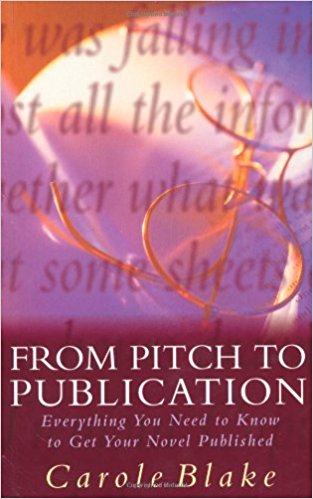 When I was planning my debut novel, Twice in a Lifetime, there was only one place for me to set it in. Having been brought up in West Wales, I was determined that any book I wrote would focus on some of the stunning areas around us. How you could possibly put those scenes into words was a completely different challenge! However, I knew that I wanted to promote Wales and see it featured in more commercial fiction. We have many women’s fiction books set in Cornwall or Ireland, so why not Wales?
When I was planning my debut novel, Twice in a Lifetime, there was only one place for me to set it in. Having been brought up in West Wales, I was determined that any book I wrote would focus on some of the stunning areas around us. How you could possibly put those scenes into words was a completely different challenge! However, I knew that I wanted to promote Wales and see it featured in more commercial fiction. We have many women’s fiction books set in Cornwall or Ireland, so why not Wales?
 When I first queried my book and sent it to agent’s I had a mixed response. Some loved the idea of a different setting, but one agent stated that perhaps Cardiff would be acceptable for my romantic comedy, but nothing further west. I was quite surprised at this. We often see Cornwall with its beautiful beaches, so why not West Wales with its similar beauty?
When I first queried my book and sent it to agent’s I had a mixed response. Some loved the idea of a different setting, but one agent stated that perhaps Cardiff would be acceptable for my romantic comedy, but nothing further west. I was quite surprised at this. We often see Cornwall with its beautiful beaches, so why not West Wales with its similar beauty?
Whilst I was surprised at this observation, as always, when someone tells me something might not be possible, it makes me more determined. Therefore, I persevered and, although my book is also set in New York, I finally saw success with my romantic comedy that features the beautiful township of Laugharne.
After all, Laugharne is famous for many things, including the more recent television series, ‘Finding Faith,’ which has helped put it further on the map. But, of course, the association with Dylan Thomas is probably the most famous claim to fame that Laugharne has, so as Dylan spent his time in New York too, I felt a setting for a book with Laugharne and New York were the perfect marriage for my debut novel.
 Since Twice in a Lifetime was released, I have had lovely messages telling me how refreshing it is to have a romantic comedy set in Wales. Naturally, I was thrilled at this feedback, as this is precisely what I set out to achieve.
Since Twice in a Lifetime was released, I have had lovely messages telling me how refreshing it is to have a romantic comedy set in Wales. Naturally, I was thrilled at this feedback, as this is precisely what I set out to achieve.
I am now working on book two, which will have a combined setting of Wales and Denmark. It remains my ultimate goal to promote Wales in the world of women’s fiction. There are so many opportunities for the glorious parts to be shown to the world that I simply can’t help promote it through my books. Just as there are many prolific Irish writers, such as Maeve Binchy, with her incredible story, ‘Circle of Friends,’ I hope there will be similar best-selling commercial love stories and adventures coming out of Wales.
 Trends are certainly changing, and more and more books are getting published in the mainstream from the region, but I would still like to see Wales in more romantic comedies. We have ubiquitous books traditionally set in mining villages or used in historical fiction, so I would now like to see it featured as a setting in comedies and romance. After all, welsh men can be funny and romantic when they want to be!
Trends are certainly changing, and more and more books are getting published in the mainstream from the region, but I would still like to see Wales in more romantic comedies. We have ubiquitous books traditionally set in mining villages or used in historical fiction, so I would now like to see it featured as a setting in comedies and romance. After all, welsh men can be funny and romantic when they want to be!
So, there might be many tales of Wales in books on folklore, myth and magic and eras gone by, but here’s hoping for a future filled with books set in Wales for romantic comedies and similar commercial women’s fiction.
Twitter: www.twitter.com/HelgaJensenF


